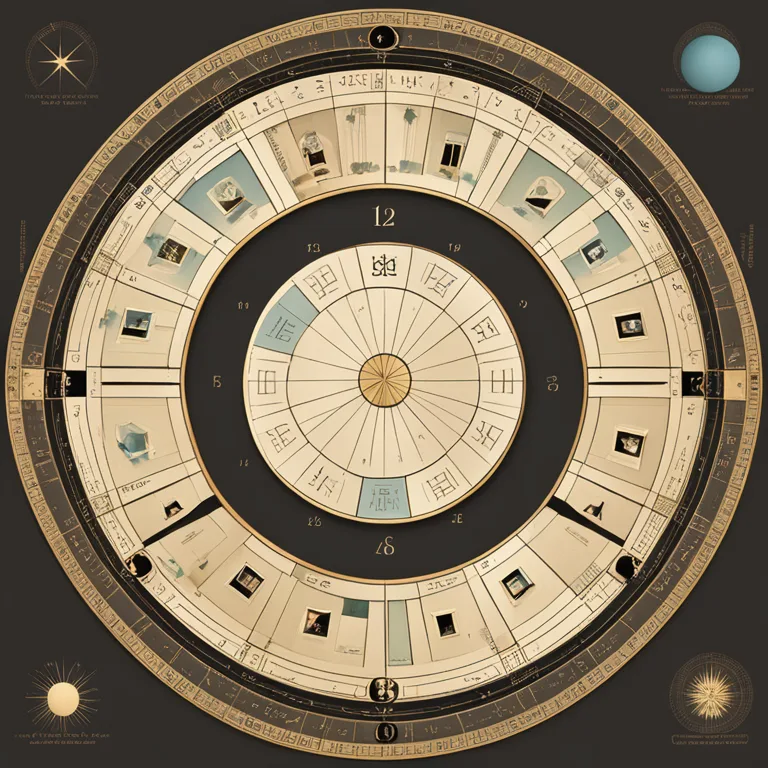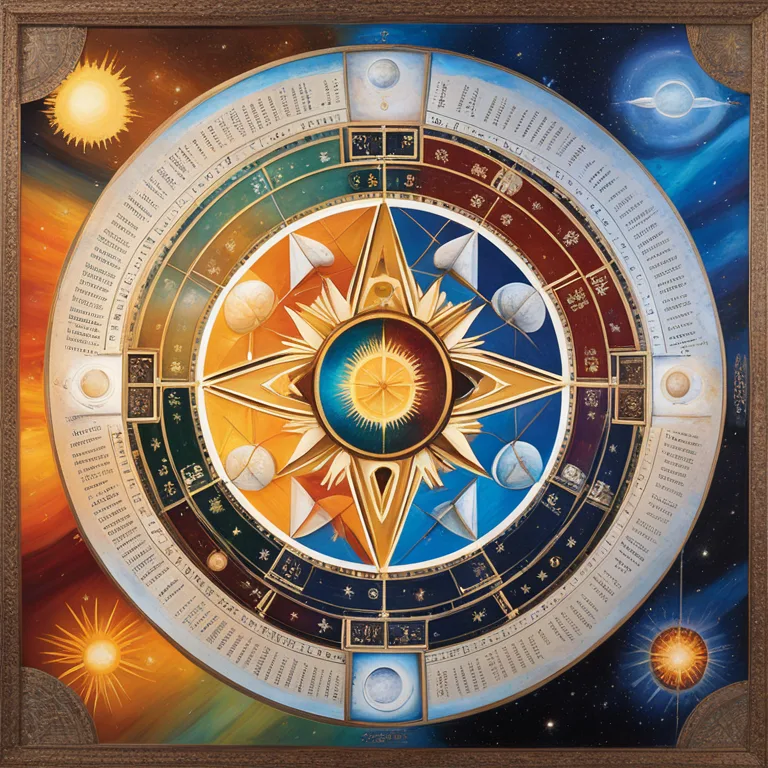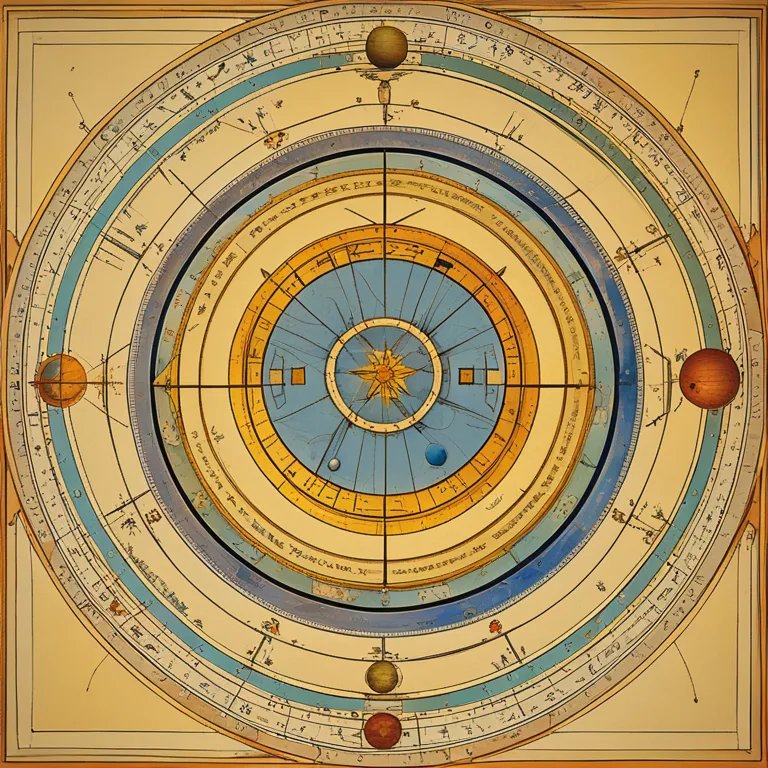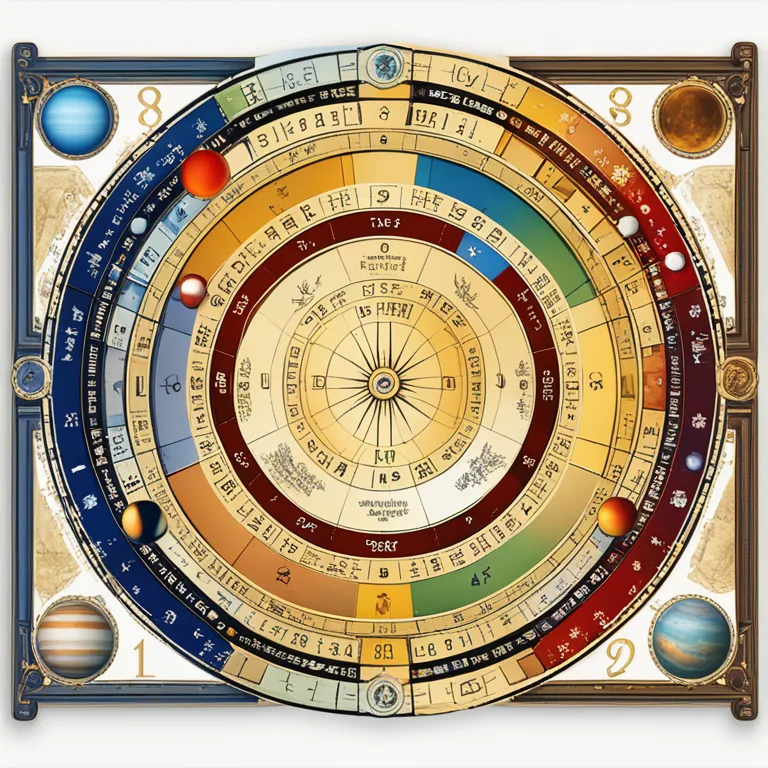
The Essential Birth Chart You Can't Overlook
Discover the primary astrological birth chart that provides critical insights into your personality, future, and compatibility.
article by Priya Deshmukh
Why Your Natal Chart Matters
Astrology offers a universe of intricate charts and calculations, but none are as central to our cosmic understanding as the natal chart. Also known as the birth chart, it is the celestial snapshot of the exact position of the planets at the moment of your birth. This chart serves as the foundation for personal insights, shaping everything from your character to your relationships. By analyzing the planetary placements across different houses and their aspects, astrologers can interpret potential challenges and gifts that are woven into your life's fabric.

Decoding the Planets and Signs
In your natal chart, each planet exerts influence over specific areas of your existence. The Sun speaks to your essential self, the driver of your ego and willpower, while the Moon reflects your emotional landscape. Mercury governs communication, Venus oversees love and beauty, and Mars dictates your assertiveness and survival instincts. Jupiter is linked to expansion and good fortune, Saturn to restriction and discipline, Uranus to innovation, Neptune to dreams, and Pluto to transformation. The signs these planets occupy further color these facets with distinct attributes.

Houses: Areas of Life's Activity
The natal chart is segmented into 12 houses, each representing a different life area. From the 1st house of self to the 12th house of the unconscious, planets and signs within these domains highlight where activity will take place. For example, planets in the 7th house emphasize relationships and public dealings, whereas the 10th house focuses on career and public image. These placements offer valuable clues on where your strengths and challenges may manifest and further personalize your astrological profile.

The Role of Aspects
Planetary aspects — the angles planets make to one another in your birth chart — are crucial in understanding the nuances of your personality and life journey. Harmonious aspects like trines and sextiles suggest ease and talent, whereas challenging aspects like squares and oppositions might indicate areas of life requiring more work or presenting obstacles. These geometrical relationships reveal the dynamic interplay between various parts of your psyche and can help guide personal growth and fulfilment.

Transits and Progressions
While the natal chart remains a constant, astrological transits and progressions show how you evolve over time. Transits track the current movements of planets and how they interact with your birth chart, providing insight into the evolving circumstances and experiences you may encounter. Progressions, on the other hand, are symbolic movements tied to your personal development. Unlike generic horoscopes, personal forecasts utilizing these techniques are tailored for you, based on your uniquely constructed natal chart, staying relevant beyond 2024.
Compatibility and Synastry
Beyond personal insights, your natal chart can be overlaid with another's — a practice known as synastry — to examine relationship dynamics, offering a deep dive into compatibility. By comparing planetary placements and aspects, you can reveal areas of harmony and potential conflict. This analysis serves as a tool for improving current relationships and understanding past ones, affirming the natal chart's importance in the realm of interpersonal connections.
Published: 12/27/2023
Modified: 12/28/2023
More predictions
Come back here soon to learn more about yourself and your future


Astrology: Guide to Reading Your Birth Chart
Delve into the intricacies of your birth chart with a step-by-step guide to reveal the cosmic blueprint of your life.


The Aries Birth Chart: A Cosmic Profile Unlocked
Delve into the astrological insights of an Aries birth chart to uncover the inherent traits and potentials of those born under the fiery Ram.


Birth Charts Unravelled: Beginner's Guide
Delve into the basics of birth chart analysis and its significance in personal astrology with this beginner-friendly guide.